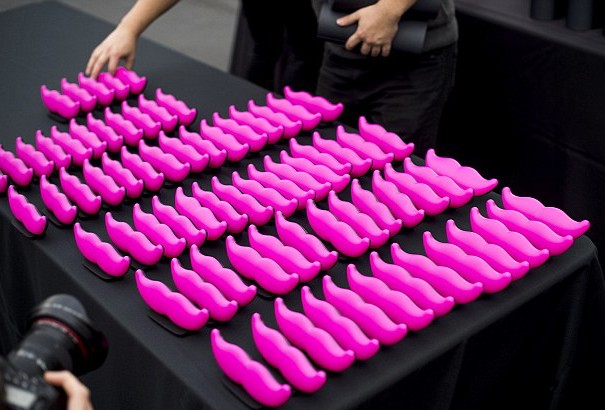The Gig Economy has been on the margins of America, but the fear is that it’s going mainstream. If technology, which hasn’t proved to be the worker’s friend, allows contingent employment to become the norm, we really aren’t arranged to handle that new reality. President Obama has been a champion of Labor, particularly in his second term, but he’s chastening elements of a system that may not continue. A piecemeal economy, if pervasive, will need fresh answers.
From Katie Johnston at the Boston Globe:
To be sure, technology has helped make workers more productive. But they are reaping few of the rewards that come from producing more in less time, and at lower costs. From 2000 to 2014, net productivity rose by nearly 22 percent, according to the Economic Policy Institute, a Washington think tank. The gain in hourly compensation during that time? Less than 2 percent.
Nearly all the benefits of the surge in productivity have gone to top executives, in the form of bigger pay packages; to owners, as higher profits; and to investors, as better returns, the Economic Policy Institute said.
The rise of what’s being called the gig economy gives people the flexibility to work when and where they want — a great advantage for many workers. But few of these jobs come with benefits, or a guarantee of steady work. Many workers take them by necessity, not choice.
These types of arrangements are growing, and not only with so-called sharing economy firms such as the ride-hailing service Uber or TaskRabbit, which finds labor for daily chores. A recent study by the Government Accountability Office, an independent congressional watchdog agency, found that as many as 40 percent of employed Americans in 2010 were contingent workers — part-timers, temps, day laborers, or independent contractors — up from 35 percent in 2006.•
Tags: Katie Johnston

